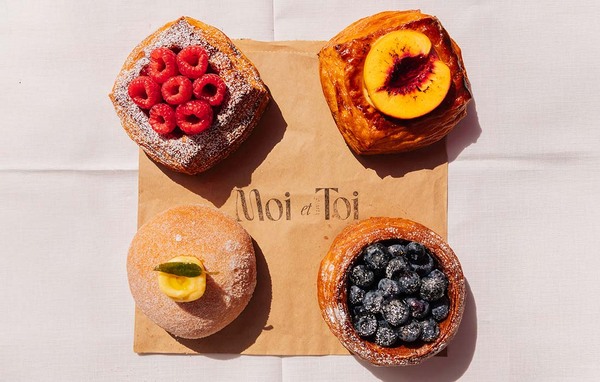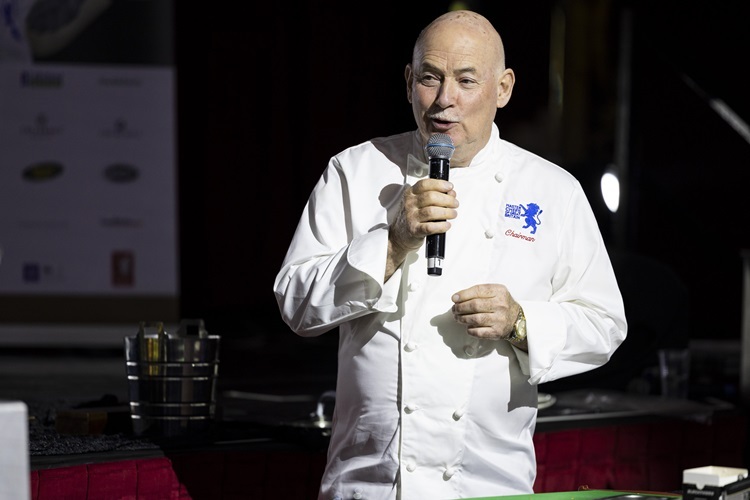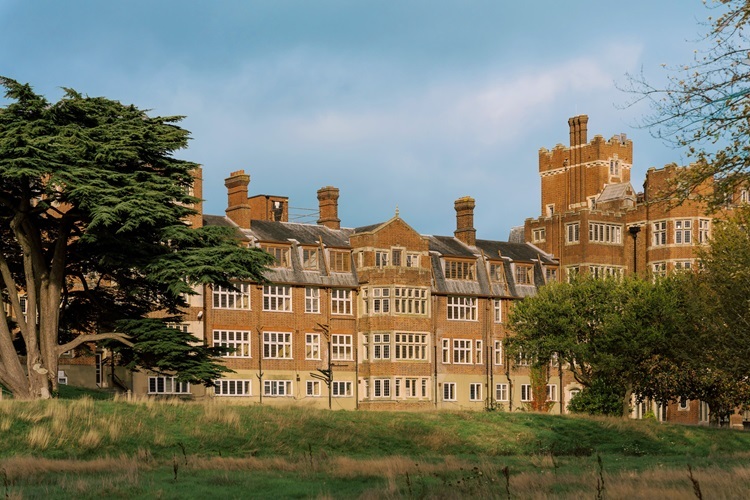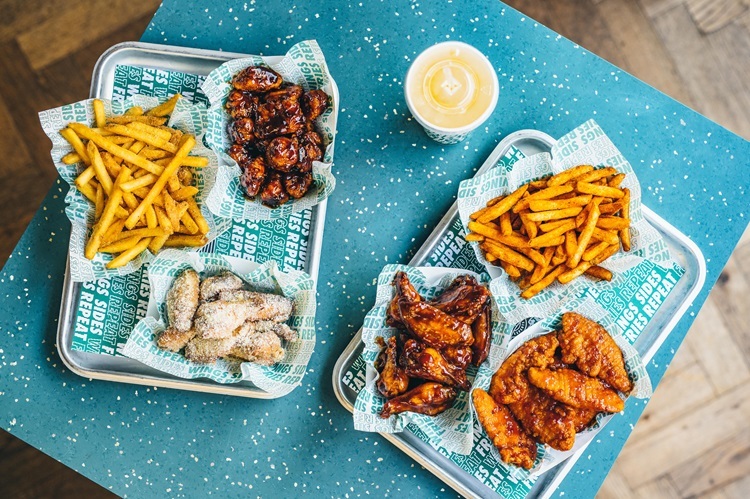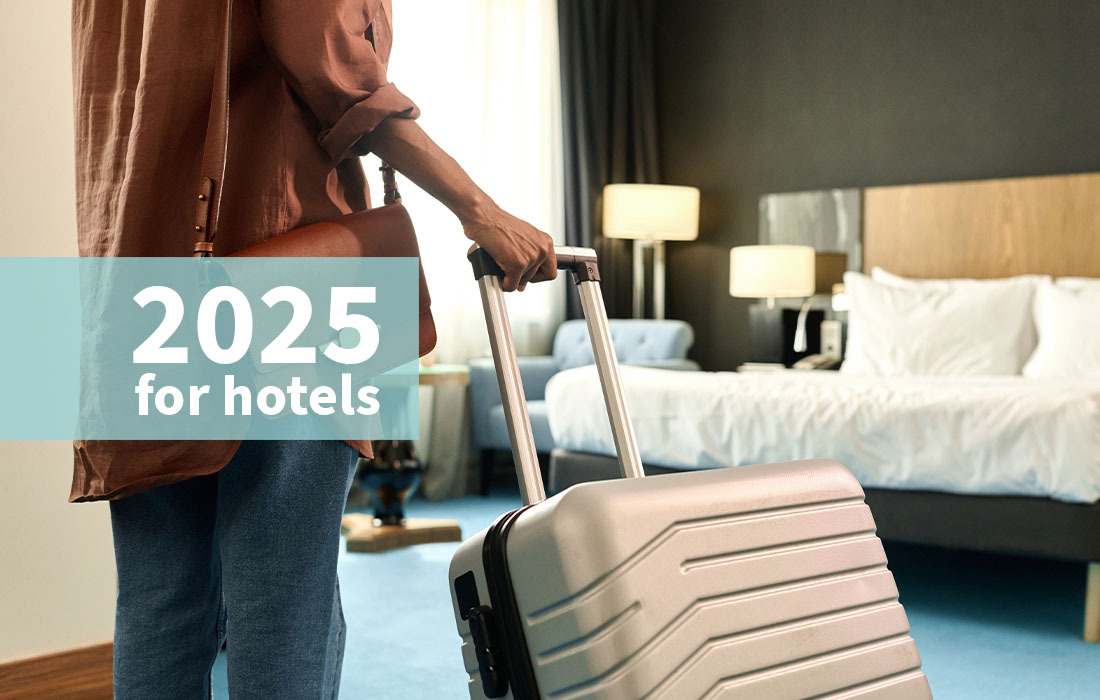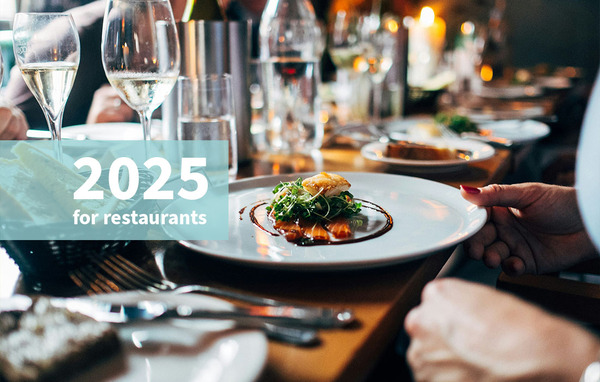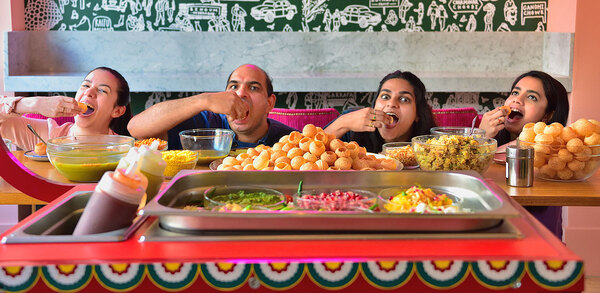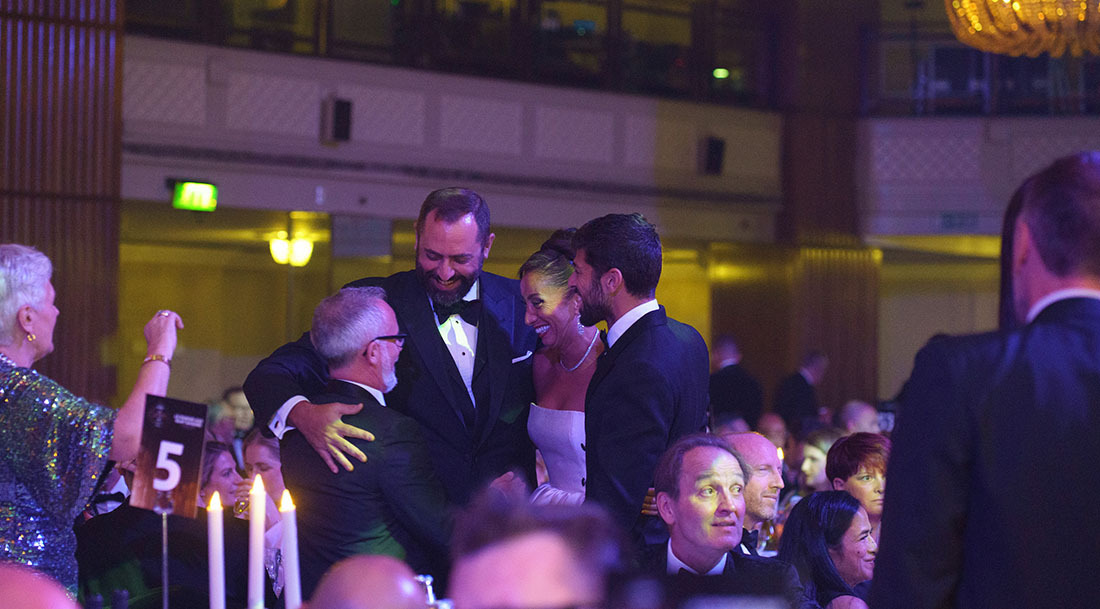Viewpoint: What’s in a name when it comes to a drink?
A pub can be a restaurant, but a restaurant can’t be a pub – but why are we still following this archaic licence ruling when there’s an industry to get back on its feet, asks Piers Warne, legal director at TLT.
In 2005, the Licensing Act was introduced to free up operators from a rigid and archaic legal system from the 1960s. However, what had previously been known as a ‘restaurant licence’, with conditions requiring alcohol to be sold ancillary to food, did not die with this change.
Even now, 16 years later, this licensing requirement has a profound effect on restaurants and their ability to compete with pubs and bars. With the industry striving for new ways to attract the post-pandemic customer, diversifying your offer has never been more important.
This change in the law was arguably a key driver behind the rise of the gastropub. No longer did customers need to go to the pub for a few before going on to a restaurant or vice versa. Their favourite pub could cater for all of their needs. Add pubs and bars offering entertainment, and customers could find everything under one roof.
However, the law inadvertently created a one-way street for pubs and bars to enjoy this flexibility, but not restaurants. The reason is that pubs and bars wishing to offer food, from a licensing perspective, could often do so without making any changes to their premises licence. However, a restaurant seeking to offer drinks without food would need to remove the restaurant condition from their licence, preventing alcohol being sold without a meal.
Not only did many police forces and licensing authorities actively fight such changes, they often still insist that such conditions are placed on new licences today.
Where the handbrake came off for pubs to serve food and entertainment, restaurants remained stuck in neutral. Not only was the cost of making the changes prohibitive, some councils, particularly in metropolitan areas, were determined to hold on to the bar/restaurant distinction.
Indeed, local authority licensing policies often demand restaurant conditions of applicants in order for them to successfully obtain a licence; while the pub next door, which may have previously been wet-led, quietly and without fuss can start to sell food and still serve customers wanting a drink only.
Various attempts to carve out exemptions, such as a waiting area where customers can drink while waiting for a table, have provided some with marginal gains, but often not without a fight.
As an example, many licences in the casual dining sector, which bore the brunt of tough trading conditions prior to the pandemic, contain restaurant conditions that prevent them from adapting their model to modern customer needs. Add in the adverse market effects of 2020 and the first half of 2021, and what may seem like small distinctions at the time have amplified into an issue of survival.
Many licences in the casual dining sector, which bore the brunt of tough trading conditions prior to the pandemic, contain restaurant conditions that prevent them from adapting their model to modern customer needs
Councils are starting to recognise that if they are not careful they will lose restaurants and a vital hub for their communities. Some are even slowly coming around to the notion that customers have moved on from simply wanting restaurants to serve food, now requiring instead that they provide the same service found in pubs and bars.
With this inkling of a change in attitudes, one has to hope that there is an acceptance that restaurants should no longer be penalised with conditions that should have been removed with the rest of the outdated requirements in 2005. If there was a time to hammer this point home, it is now.


